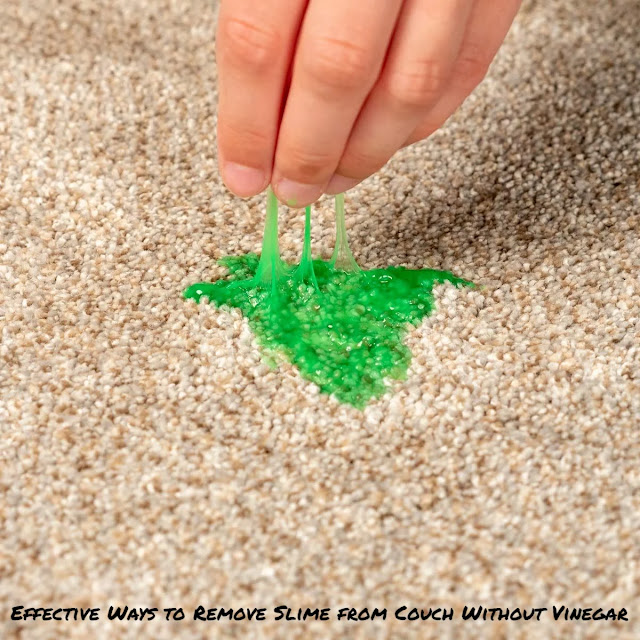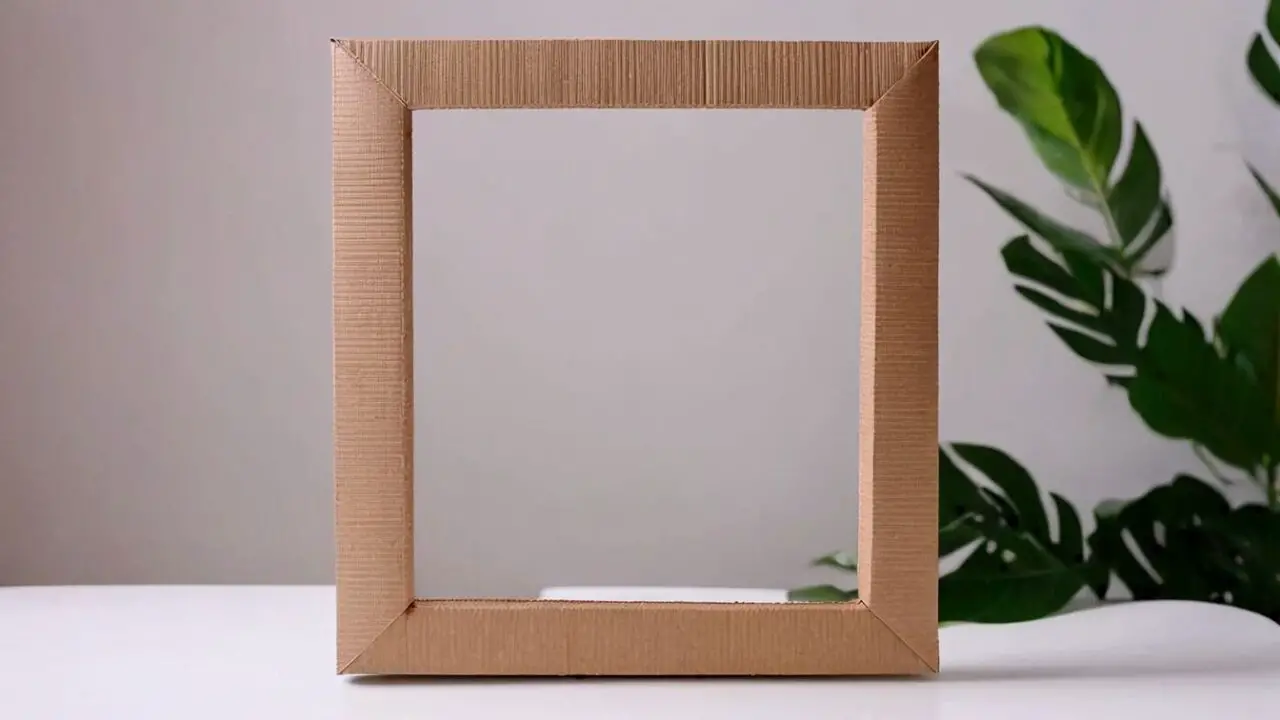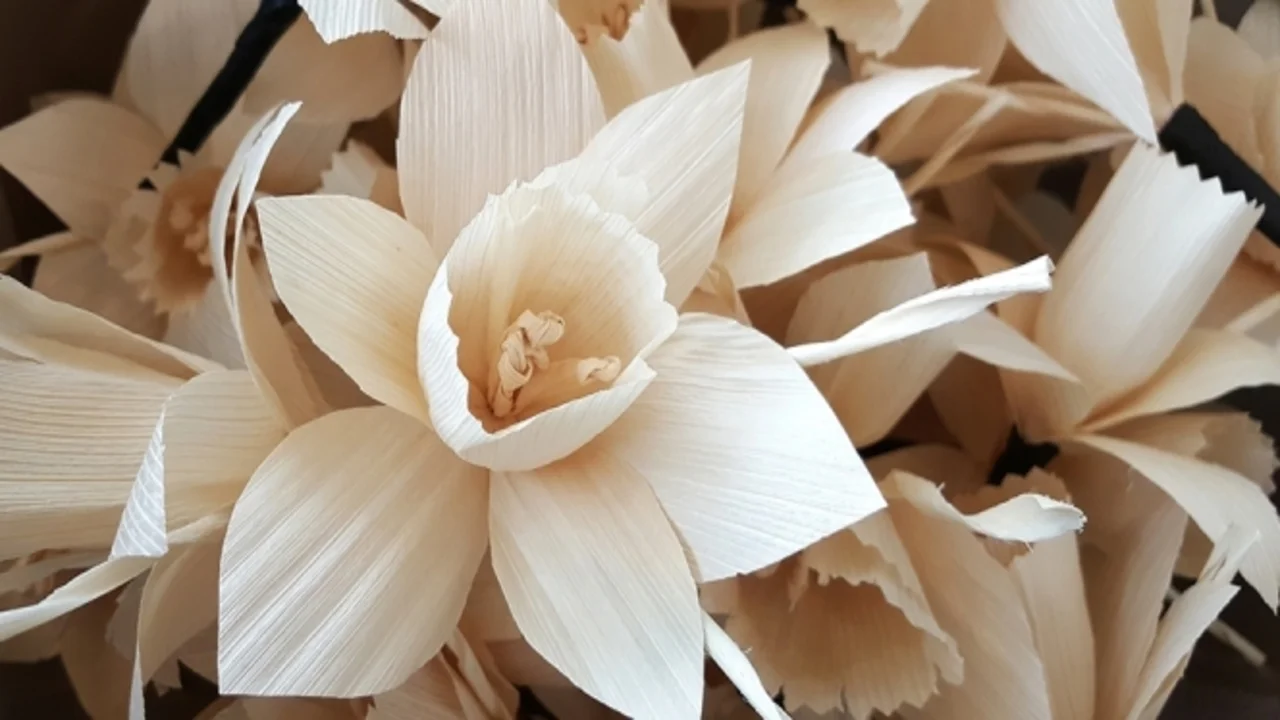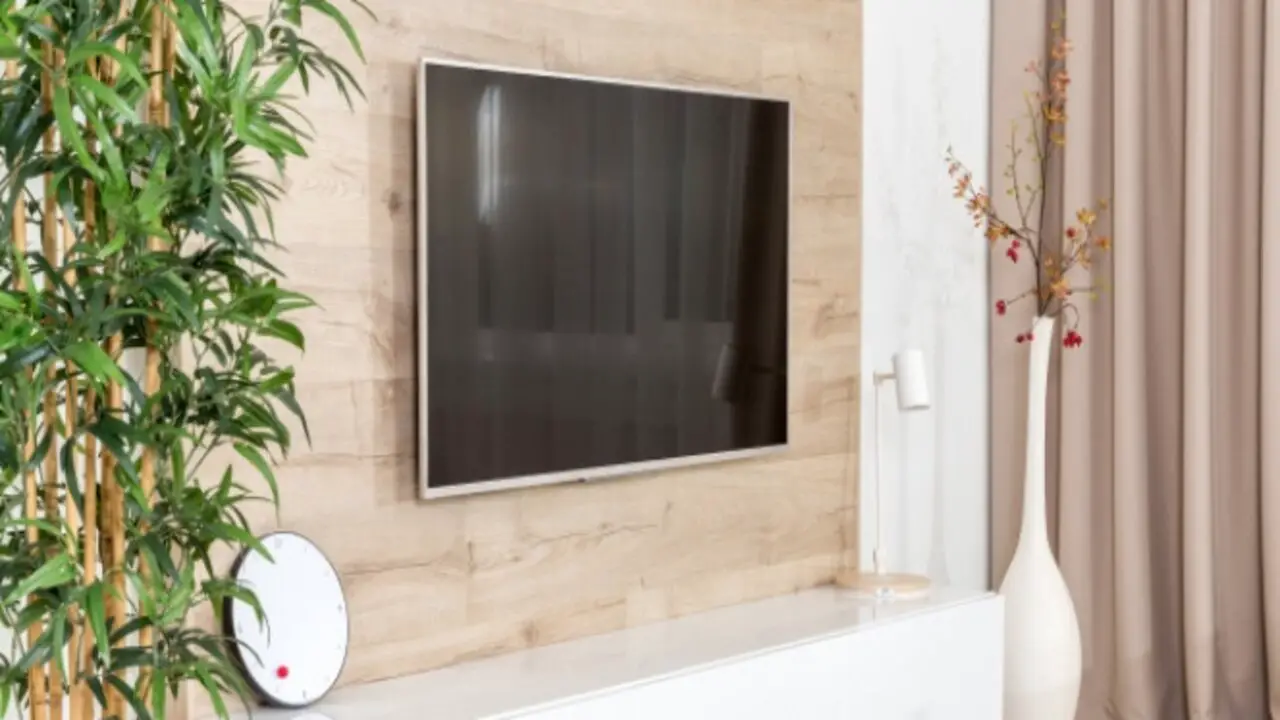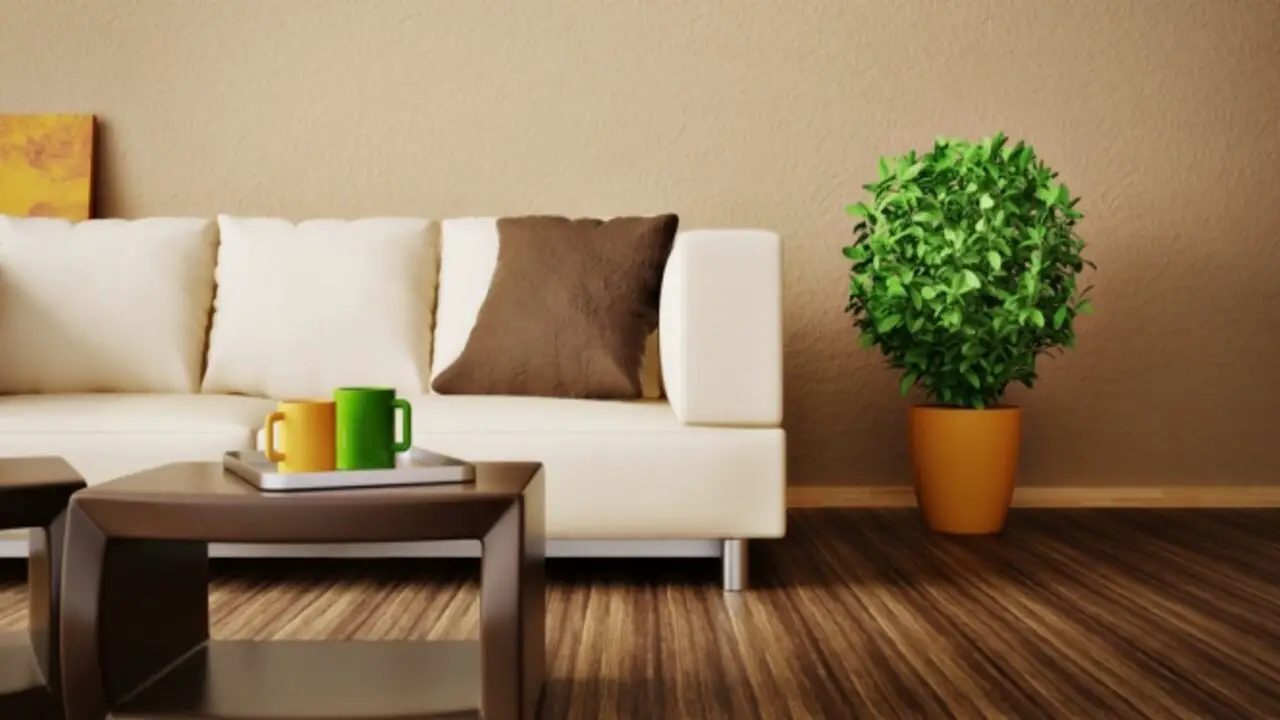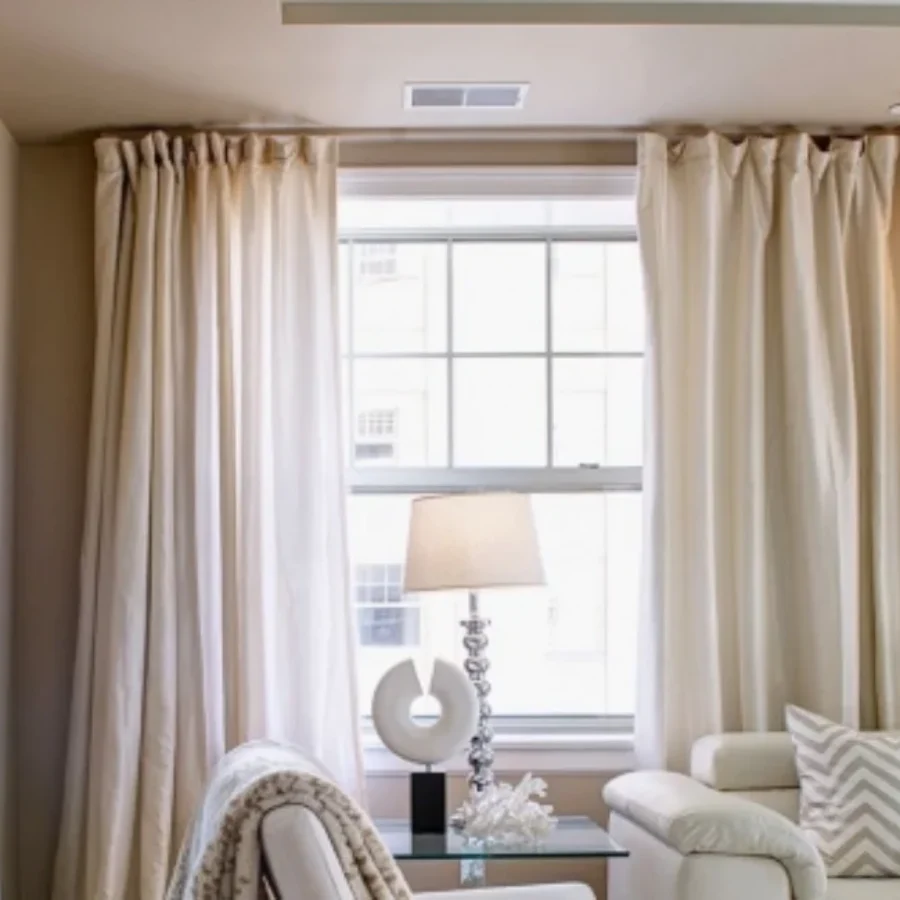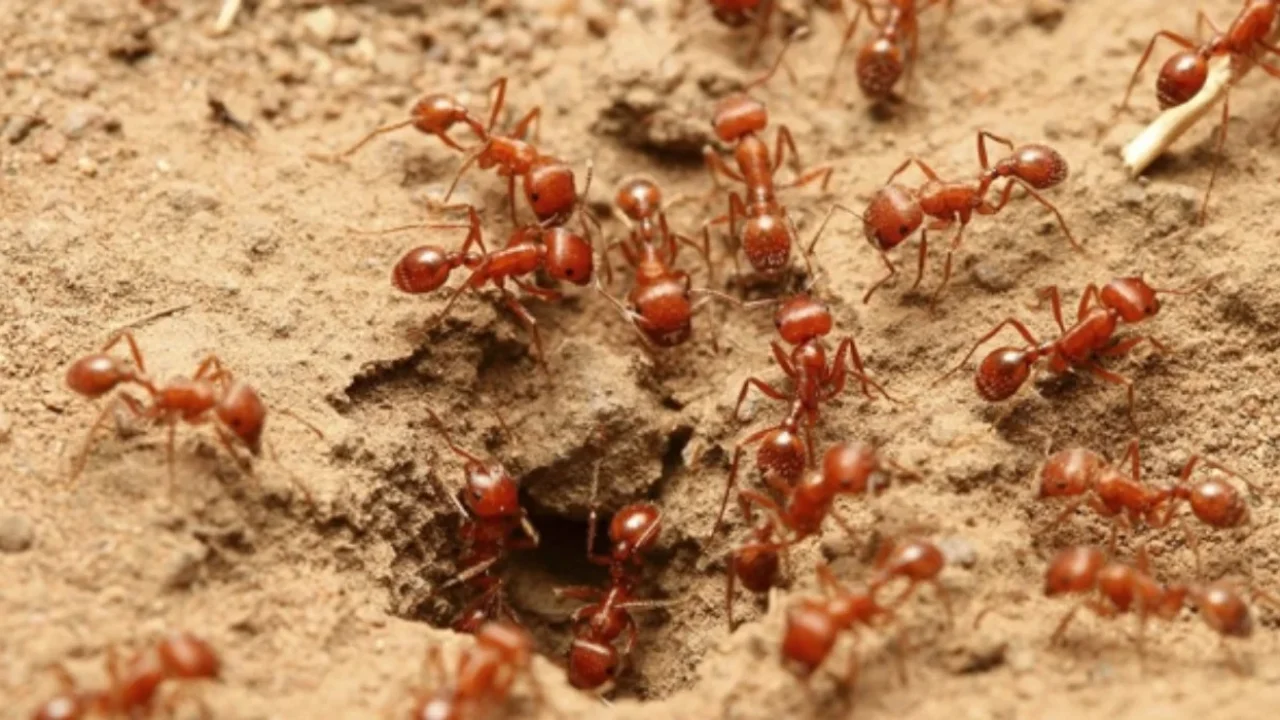Slime has become a popular playtime material for kids and even some adults. However, accidents happen, and slime can end up on your couch, leaving behind unsightly stains. While vinegar is commonly used to remove slime stains, not everyone has vinegar readily available or prefers to avoid its strong smell. Fortunately, there are alternative methods that can effectively remove slime from your couch without vinegar. In this article, we will explore these methods and provide step-by-step instructions for a successful slime removal process.
Contents
Understanding Slime and Its Stain Potential
Slime, a popular and squishy playtime material, is composed of various ingredients such as glue, borax, or cornstarch. Its unique texture and properties make it fascinating for children and even some adults. However, when slime finds its way onto your couch, it can leave behind stubborn stains if not dealt with promptly.
To effectively remove slime stains from your couch, it is essential to understand the stain potential of slime. Slime is a viscous substance that can adhere to surfaces, including couch fabrics, due to its adhesive nature. When slime comes into contact with upholstery, it can penetrate the fibers and leave behind marks and discoloration.
Several factors contribute to slime’s stain potential. Firstly, the composition of slime, such as the presence of dyes or pigments, can contribute to the intensity of the stain. Slime with vibrant colors or glitter tends to have a higher chance of leaving noticeable marks on couches. Additionally, the longer the slime remains on the fabric, the more difficult it becomes to remove, potentially leading to more stubborn stains.
Moreover, the porous nature of couch fabrics plays a significant role in the stain potential of slime. Fabrics like upholstery can absorb liquids, including the moisture present in slime, causing it to seep into the fibers. This absorption can lead to discoloration and make the stain more challenging to remove.
Understanding the stain potential of slime helps you approach the removal process more effectively. By acknowledging the adhesive properties, the composition, and the porous nature of couch fabrics, you can take appropriate measures to tackle slime stains without causing further damage to your upholstery.
In the following sections, we will explore safe and efficient methods to remove slime from your couch without relying on vinegar. These methods, when applied correctly, will help you address slime stains and restore the cleanliness of your couch fabric. Remember, prompt action is crucial when dealing with slime stains to increase the chances of successful removal.
Preparing the Couch for Slime Removal
Before diving into the slime removal process, it’s essential to prepare your couch to minimize any potential damage and ensure a successful cleaning experience. By taking the following steps, you’ll create an optimal environment for slime removal:
- Gather Protective Gear: Start by putting on a pair of protective gloves to safeguard your hands during the cleaning process. This will prevent any potential skin irritation from the cleaning solutions or direct contact with the slime.
- Remove Excess Slime: Carefully remove as much excess slime as possible from the couch fabric. Using a plastic scraper or a dull knife, gently scrape off the slime without pushing it further into the fibers. Be cautious not to apply too much pressure, as this can force the slime deeper into the fabric, making it more challenging to remove.
- Blot with Paper Towels: Place several layers of paper towels over the affected area and press down gently to absorb any remaining moisture. Avoid rubbing or smearing the slime, as this can spread the stain further. Continue blotting until you’ve removed as much moisture as possible.
- Vacuum the Area: Once you’ve removed the excess slime and moisture, use a vacuum cleaner with an upholstery attachment to vacuum the affected area. This will help remove any loose particles, slime remnants, or dirt that may have accumulated on the surface. Vacuuming also helps lift the fibers, preparing them for the subsequent cleaning steps.
By following these preparation steps, you create a clean and suitable surface for the slime removal process. Removing excess slime, blotting with paper towels, and vacuuming the area ensure that you’re working with a well-prepared couch, minimizing the risk of further spreading the stain or causing damage to the fabric.
With your couch properly prepared, you’re now ready to proceed with the chosen slime removal method. The next sections will guide you through effective vinegar-free techniques to eliminate slime stains from your couch.
Non-Vinegar Methods for Slime Removal
If you prefer to avoid using vinegar for slime removal, there are alternative methods that can effectively eliminate slime stains from your couch. One such method involves utilizing baking soda and dish soap, which work together to create a powerful cleaning solution. Follow the steps below to successfully remove slime without the need for vinegar:
- Create a Baking Soda Paste: In a small bowl, combine baking soda with a few drops of dish soap. Gradually mix them together until you achieve a thick paste-like consistency. Baking soda acts as a mild abrasive, while dish soap helps break down the slime’s adhesive properties.
- Apply the Baking Soda Paste: Using a clean cloth or a soft-bristled brush, gently apply the baking soda paste onto the slime-stained areas of your couch. Ensure that the paste covers the entire affected area. Allow it to sit on the stain for about 15-20 minutes. This will give the paste time to penetrate the slime and loosen its grip on the fabric.
- Scrub the Stain: After the baking soda paste has had time to work its magic, take a clean, damp cloth and gently scrub the slime stain in circular motions. Apply light pressure to avoid damaging the fabric. The combination of baking soda and dish soap will help lift the slime from the fibers.
- Blot the Area: Once you’ve scrubbed the stain, dampen a fresh cloth with warm water and blot the area to remove the baking soda residue and any remaining slime. Make sure to rinse the cloth frequently to prevent spreading the slime or residue onto other parts of the couch. Continue blotting until the area is thoroughly cleaned.
- Allow to Dry: After removing the slime and cleaning the area, allow your couch to air dry completely. Open windows or turn on fans to facilitate faster drying. Avoid sitting or placing any objects on the damp area until it is fully dry.
The combination of baking soda and dish soap provides an effective and vinegar-free solution for slime removal. Baking soda’s gentle abrasive properties help lift the slime, while dish soap’s grease-cutting abilities break down its adhesive nature. This method is safe for most couch fabrics but be sure to test it on a small, inconspicuous area first to ensure it doesn’t cause any discoloration or damage.
By following these steps, you can successfully remove slime stains from your couch without relying on vinegar. This method offers a viable alternative for individuals who prefer vinegar-free cleaning solutions or those who don’t have vinegar readily available. With patience and diligence, your couch can be slime-free once again.
Step For How To Remove Slime From Couch Without Vinegar
Removing slime from your couch requires a systematic approach to ensure effective stain removal without causing damage to the fabric. Follow these step-by-step instructions to successfully eliminate slime stains from your couch:
- Preparation: Begin by gathering the necessary materials for slime removal. You will need protective gloves, a plastic scraper or dull knife, paper towels, a vacuum cleaner with an upholstery attachment, a small bowl, baking soda, dish soap, clean cloths, and warm water.
- Prepare the Couch: Put on the protective gloves to shield your hands. Use a plastic scraper or dull knife to carefully remove as much excess slime as possible from the affected area. Be gentle to avoid pushing the slime deeper into the fabric. Discard the slime remnants.
- Blot the Area: Place several layers of paper towels over the slime stain and press down gently to absorb any moisture. Blotting helps remove excess slime and minimizes spreading. Repeat this process until the area is relatively dry.
- Vacuum the Area: Use a vacuum cleaner with an upholstery attachment to vacuum the affected area. This step helps remove any loose particles, slime residue, or dirt from the surface and prepares the fabric for the cleaning process.
- Create a Baking Soda Paste: In a small bowl, combine baking soda and a few drops of dish soap. Mix them well until you achieve a thick paste-like consistency. Baking soda acts as a mild abrasive, while dish soap helps break down the slime’s adhesive properties.
- Apply the Baking Soda Paste: Using a clean cloth or a soft-bristled brush, apply the baking soda paste onto the slime-stained areas of your couch. Ensure that the paste covers the entire affected area. Allow it to sit on the stain for about 15-20 minutes, giving the paste time to penetrate and loosen the slime.
- Scrub the Stain: After the designated time has passed, take a clean, damp cloth and gently scrub the slime stain in circular motions. Apply light pressure to avoid damaging the fabric. The baking soda paste, along with the dish soap, will help lift the slime from the fibers.
- Blot the Area: Dampen a fresh cloth with warm water and use it to blot the area, removing the baking soda residue and any remaining slime. Rinse the cloth frequently to prevent spreading the slime or residue onto other parts of the couch. Continue blotting until the area is thoroughly cleaned.
- Allow to Dry: Once the slime and residue have been removed, allow your couch to air dry completely. Open windows or turn on fans to expedite the drying process. Avoid sitting or placing any objects on the damp area until it is fully dry.
Following these step-by-step instructions will help you effectively remove slime stains from your couch. Remember to work gently and patiently, allowing the cleaning solutions to work their magic. With diligence, your couch will be slime-free and restored to its pristine condition.
Preventive Measures to Avoid Future Slime Stains
Preventing slime from making its way onto your couch is the best approach to avoid future stains and maintain the cleanliness of your upholstery. By implementing the following preventive measures, you can minimize the risk of slime mishaps and keep your couch in excellent condition:
- Designated Slime Play Area: Establish a designated area in your home where slime play is allowed. This can be a playroom or a table covered with a protective mat or plastic sheet. Encourage children to keep slime activities confined to this designated space, reducing the chances of it spreading onto your couch.
- Use Protective Covers: Consider using protective covers on your couch, especially if you have young children who enjoy playing with slime. Slipcovers or washable fabric covers provide an extra layer of protection against spills and stains. They can be easily removed and laundered, keeping your couch safe from slime-related accidents.
- Educate and Supervise: Teach children about the importance of responsible slime play. Explain the potential consequences of allowing slime to come into contact with furniture and encourage them to follow the designated play area rule. Supervise younger children during slime activities to ensure they adhere to the guidelines.
- Slime-Free Hands: Before engaging with your couch or any other furniture, ensure that hands are free of slime residue. Encourage children to thoroughly wash their hands after playing with slime to prevent accidental transfer of the sticky substance onto the couch.
- Quick Action: In the event of a slime spill or accident, act promptly to minimize potential damage. Remove any visible slime immediately using a plastic scraper or dull knife. Blot the area with paper towels to absorb moisture and prevent the slime from seeping into the fabric.
- Regular Cleaning and Maintenance: Regularly vacuum and dust your couch to prevent any debris or particles from settling into the fabric. This routine maintenance helps maintain the cleanliness and longevity of your upholstery, reducing the risk of stains.
By implementing these preventive measures, you can significantly reduce the chances of future slime stains on your couch. Taking proactive steps to confine slime play, using protective covers, educating and supervising children, maintaining clean hands, and promptly addressing spills or accidents will help preserve the appearance and condition of your couch.
Additional Tips and Tricks for Couch Maintenance
In addition to slime removal and preventive measures, there are several other tips and tricks you can follow to maintain the overall cleanliness and condition of your couch. These simple yet effective practices will help prolong the life of your upholstery and ensure it stays looking fresh and inviting:
- Regular Vacuuming: Make it a habit to vacuum your couch regularly, even in areas unaffected by slime stains. This helps remove dust, dirt, and debris that can accumulate over time. Use an upholstery attachment or a soft brush to gently vacuum the surface and crevices of the couch, paying attention to the corners and under cushions.
- Spot Cleaning: Act promptly when spills or stains occur on your couch, regardless of whether they are slime-related or not. Blot the affected area immediately with a clean cloth or paper towel to absorb any liquid. Avoid rubbing or scrubbing vigorously, as this can spread the stain or damage the fabric. Use appropriate upholstery cleaners recommended for your couch fabric, following the instructions carefully.
- Rotate Cushions: To ensure even wear and tear, rotate and flip the cushions on your couch periodically. This helps distribute the pressure and usage across all cushions, preventing excessive sagging or indentations in specific areas. Check your couch manufacturer’s guidelines for specific recommendations on cushion rotation.
- Sunlight Exposure: Avoid placing your couch in direct sunlight for extended periods. Prolonged exposure to sunlight can cause the fabric to fade or become discolored over time. If your couch is near a window, use curtains or blinds to regulate sunlight and protect the upholstery.
- Avoid Sharp Objects: Keep sharp objects, such as scissors or pets with sharp claws, away from your couch. These can easily puncture or tear the fabric, leading to permanent damage. Encourage caution when handling items near the couch to prevent accidental mishaps.
- Regular Fluffing: If your couch contains cushions filled with down or feathers, regularly fluff them to maintain their shape and comfort. Gently pat and shake the cushions to redistribute the filling and prevent them from becoming flat or misshapen.
Professional Cleaning: Consider having your couch professionally cleaned every few years, especially if it experiences heavy use or has stubborn stains that you are unable to remove on your own. Professional cleaners have specialized tools and expertise to deep clean and refresh your upholstery, restoring its original beauty.
By incorporating these additional tips and tricks into your couch maintenance routine, you can keep your furniture looking and feeling its best for years to come. Regular cleaning, spot treatments, proper cushion care, protection from sunlight, and occasional professional cleaning will help extend the lifespan of your couch and ensure it remains a comfortable and inviting centerpiece in your living space.
Conclusion
Removing slime from your couch without vinegar is achievable with the right methods and techniques. By understanding slime’s stain potential, preparing your couch appropriately, and following our step-by-step guide, you can effectively eliminate slime stains without the need for vinegar. Additionally, implementing preventive measures and maintaining your couch regularly will help you avoid future slime mishaps and keep your upholstery in pristine condition. With these safe and easy methods, you can confidently enjoy slime playtime without worrying about stains on your couch.
Remember, slime removal is a process that requires patience and careful attention. By following the outlined steps and utilizing alternative methods, you can successfully remove slime from your couch and restore its cleanliness.
Check out other designs directly from your cellphone via WhatsApp Channel: https://whatsapp.com/channel/0029VaASACYFXUuYULZWe939.

